Today, Ukrainian President Volodymyr Zelenskiy announced accelerated development of interceptor drones to combat the escalating threat of Russian drone swarms, particularly Iranian-designed Shahed drones, targeting Ukrainian cities, reports Reuters. This technological push, driven by domestic enterprises, aims to bolster air defenses amid intensified Russian assaults, including a recent attack on Kyiv that killed 28 people.
Rising Threat of Russian Drone Swarms
Russian forces have ramped up drone deployments, launching over 400 Shahed drones in a single night on multiple occasions, with a peak of 440 drones and 32 missiles in a combined attack on Kyiv this week, according to Reuters. The assault damaged an apartment building, highlighting the urgent need for effective countermeasures. These low-cost, long-range drones, with a flight distance of up to 1,550 miles (2,500 kilometers), challenge Ukraine‘s traditional air defense systems, which rely on scarce guided missiles and aircraft.
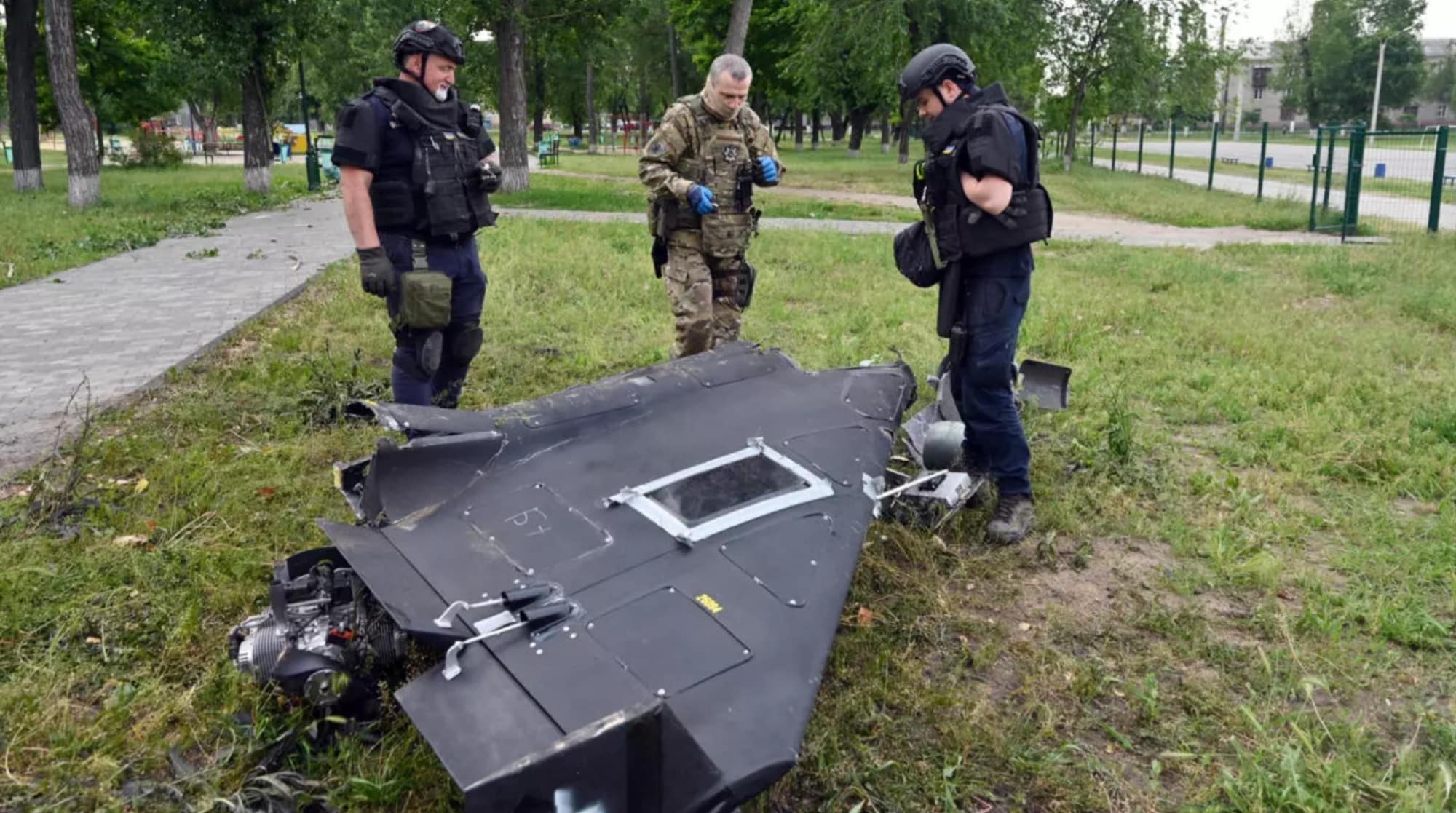
Interceptor Drones: A Strategic Response
Ukraine’s interceptor drones are designed to neutralize Shahed drones, offering a cost-effective and scalable defense solution.
“We are also working separately on interceptor drones, which are intended to enhance protection against Shahed drones,” Zelenskiy stated in his nightly video address. He emphasized that multiple domestic companies are scaling up production, with “production volumes of interceptors already increasing.”
These drones likely employ advanced tracking and collision-based or net-based interception methods, optimized for engaging slow-moving, low-altitude targets like the Shahed, which cruises at speeds around 115 mph (185 km/h).
Air Force spokesperson Yuri Ihnat underscored the strategic advantage: “Drone air defence will help us use our means in a rational fashion. We cannot constantly use scarce air and anti-aircraft guided missiles and aviation itself to hunt enemy drones.”
This shift reduces reliance on expensive missile systems, preserving resources for high-value targets.
Domestic Drone Production Surge
Ukraine’s Drone Industry has grown exponentially since Russia‘s 2022 invasion, evolving from near-zero output to a projected capacity of 4 million drones annually, as Zelenskiy noted last November. This includes not only interceptors but also offensive drones used against Russian military and industrial targets.
The rapid scale-up reflects Ukraine’s focus on self-reliance, with interceptor drones now a cornerstone of its layered defense strategy. Production costs remain undisclosed, but economies of scale could drive per-unit costs below $10,000, compared to anti-aircraft missiles costing hundreds of thousands of dollars each.
Implications for Drone Warfare
The development of interceptor drones signals a broader evolution in drone warfare, where autonomous, low-cost systems counter similar threats. For Ukraine, this technology promises enhanced urban protection and operational efficiency, potentially saving lives and infrastructure. Globally, it could inspire other nations to invest in counter-drone systems, spurring innovations in AI-driven targeting and swarm coordination. Regulatory challenges, such as airspace management and export controls, may arise as these technologies proliferate.
However, scaling interceptor production faces hurdles, including supply chain constraints and the need for robust testing under combat conditions. Russian adaptations, such as improved Shahed variants, could also complicate interception efforts. Despite these challenges, Ukraine’s pivot to drone-based air defense marks a significant step in countering asymmetric threats, with ripple effects for the global drone industry.
Discover more from DroneXL.co
Subscribe to get the latest posts sent to your email.
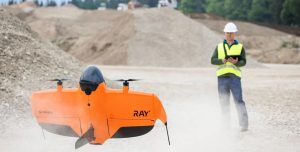

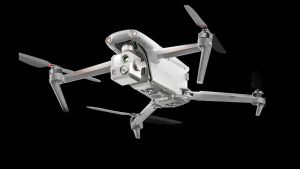


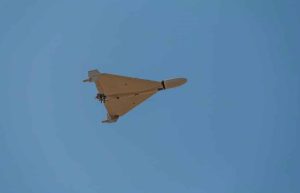

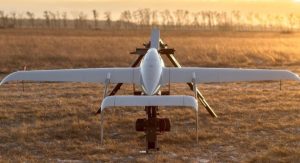
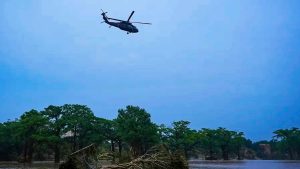
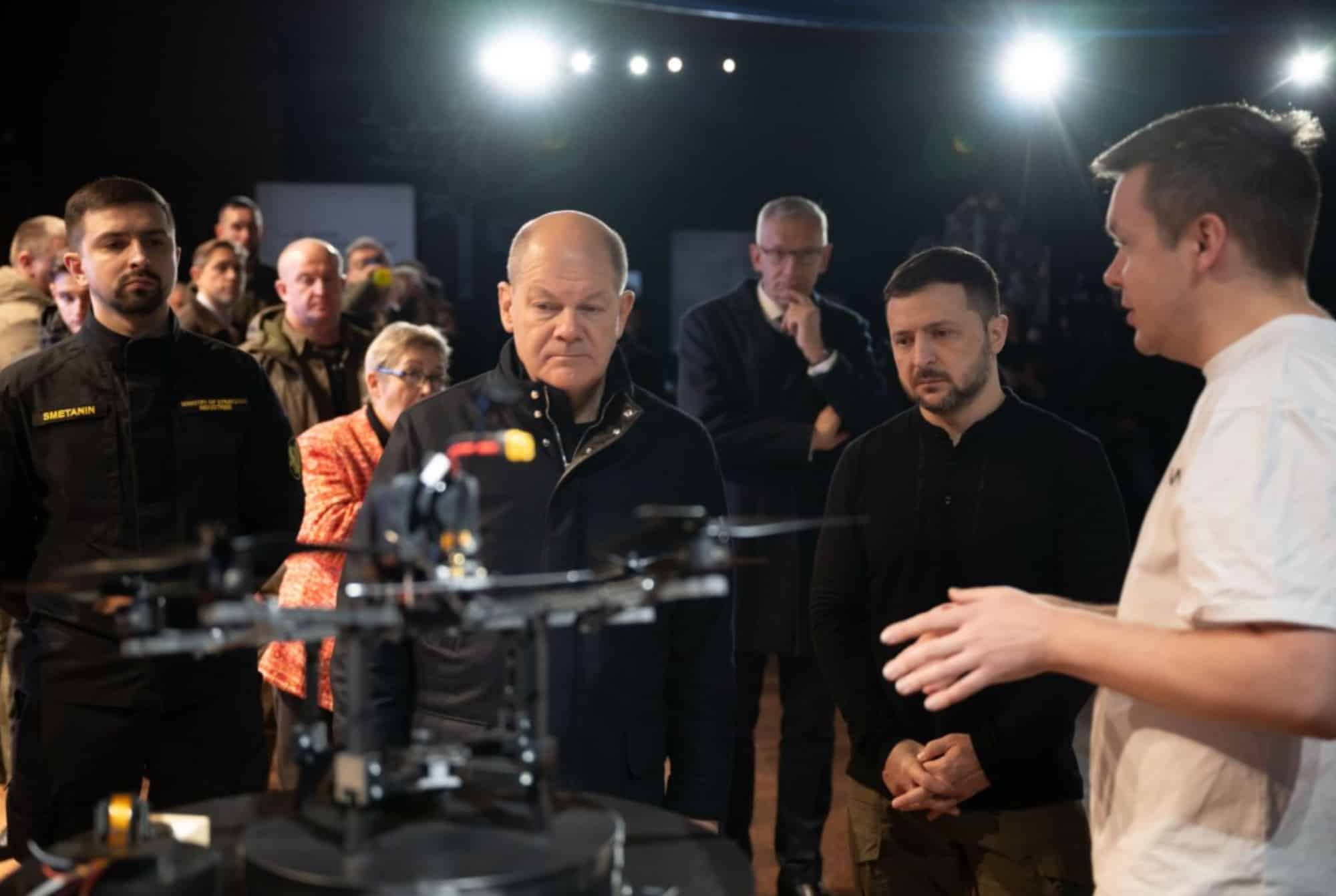
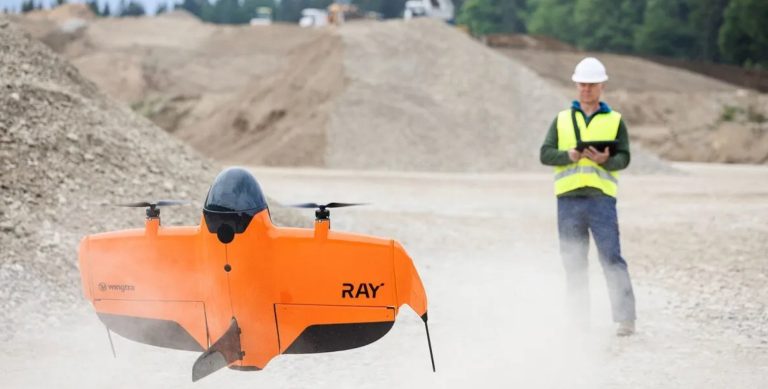
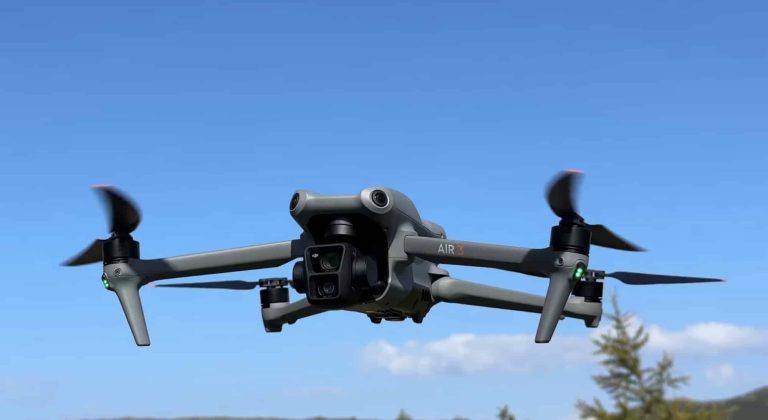
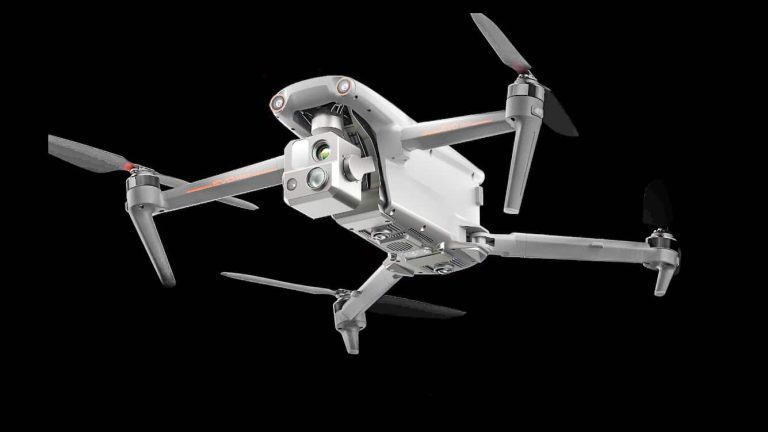

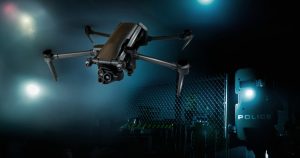
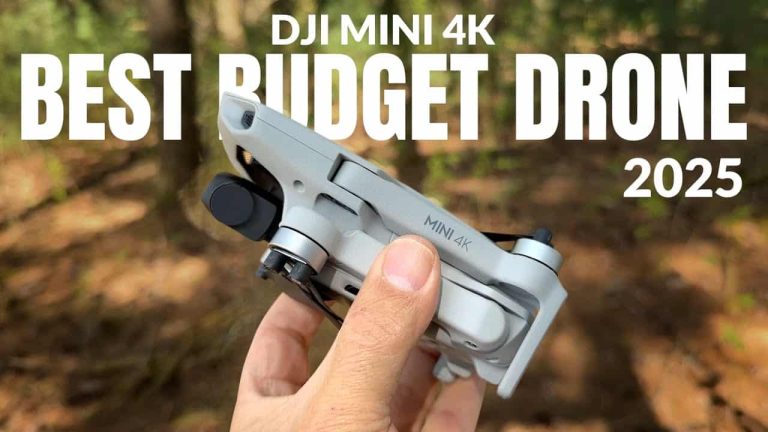
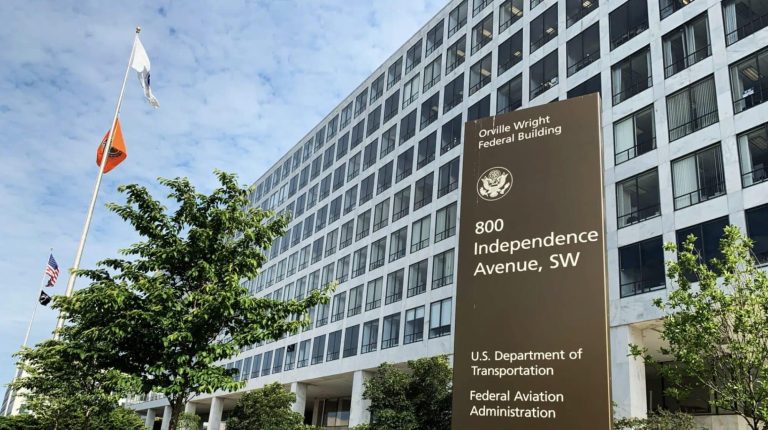
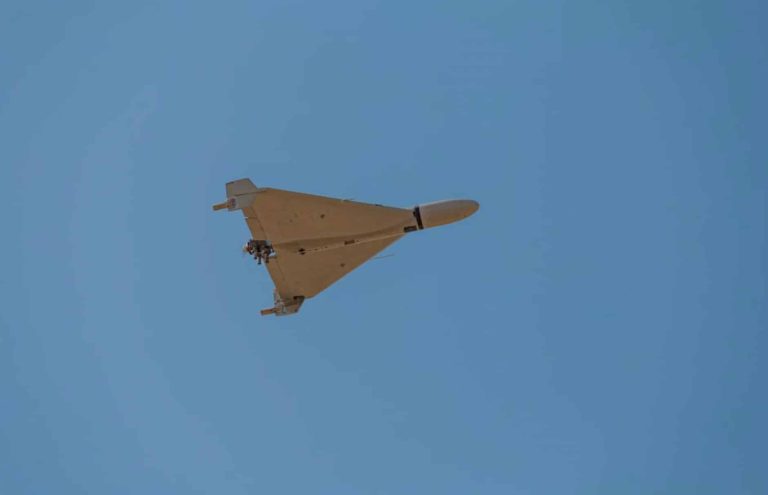

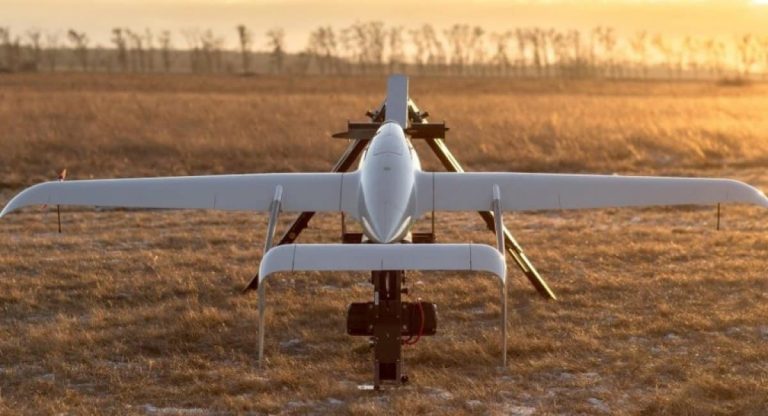
+ There are no comments
Add yours